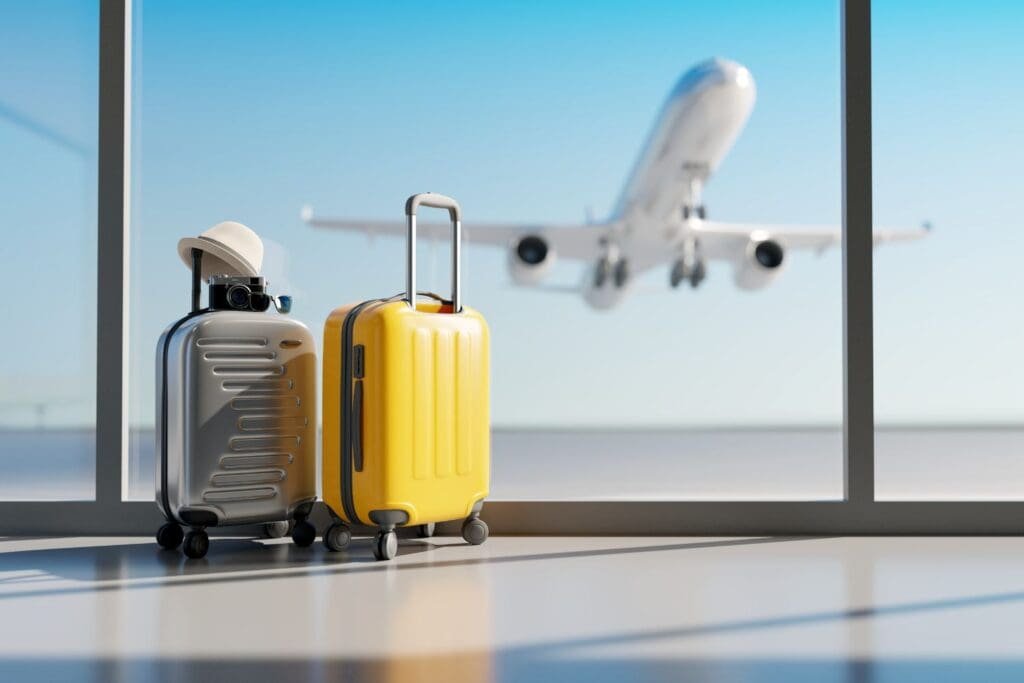Navigating the Skies: A Guide to Airline Carry-on Luggage Size Restrictions
As travel enthusiasts embark on their next adventure, one aspect that requires careful consideration is airline carry-on luggage size restrictions. Airlines around the world have implemented specific guidelines to ensure a smooth and efficient boarding process, maximizing cabin space and maintaining passenger safety. Understanding and adhering to these regulations is crucial to avoid unexpected hassles and charges. In this article, we will explore the common elements of airline carry-on size restrictions and offer tips on how to choose the perfect carry-on for stress-free travel.
The Basics of Carry-on Size Restrictions:
Airlines enforce carry-on size restrictions to ensure that luggage fits comfortably in overhead compartments and under the seat in front of the passenger. While there is some variation among airlines, the standard dimensions for carry-on luggage typically range from 18 to 22 inches in height, 14 to 17 inches in width, and 8 to 10 inches in depth. It’s essential to note that these dimensions include handles, wheels, and any external pockets.

Checking Airline-Specific Regulations:
Each airline may have its own set of carry-on size restrictions, so it’s vital to check the guidelines of the specific carrier you plan to fly with. Most airlines provide detailed information on their official websites, including maximum dimensions and weight allowances. Some budget airlines may have more stringent restrictions, and failure to comply may result in additional fees or the need to check in the luggage.
Soft-sided vs. Hard-sided Luggage:
Travelers have the option of choosing between soft-sided and hard-sided luggage. Soft-sided bags, typically made of fabric, are more flexible and may provide extra room for overpacking. Hard-sided luggage, often made from materials like polycarbonate, offers better protection for fragile items but may be less forgiving in terms of packing flexibility. It’s important to select luggage that not only meets size requirements but also suits personal preferences and travel needs.
Packing Strategically:
Efficient packing is essential to make the most of the limited carry-on space. Consider investing in packing cubes and compression bags to organize and compress clothing, maximizing available room. Toiletries must adhere to the Transportation Security Administration (TSA) guidelines for liquids, gels, and aerosols, with each container not exceeding 3.4 ounces.
Tips for Compliance:
To avoid any surprises at the airport, measure your carry-on bag, including handles and wheels, before heading to the airport. Opt for luggage with adjustable handles, as these can be pushed down to fit within size restrictions more easily. Additionally, be mindful of the weight limit imposed by the airline, as exceeding this limit may result in additional charges.
When packing a carry-on luggage, it’s important to be mindful of security regulations and airline policies. Here’s a general guide on what you can and cannot put in your carry-on.

What You Can Put in Carry-On Luggage:
Clothing and Accessories:
- Clothes for the duration of your trip
- Undergarments, socks, and sleepwear
- Hat, scarf, and gloves
Electronics:
- Laptop and accessories
- Smartphone and charger
- E-reader or tablet
- Camera and accessories
Toiletries:
- Travel-sized toiletries (following TSA guidelines)
- Toothbrush and toothpaste
- Makeup (in limited quantities)
Medications:
- Prescription medications with the original prescription label
- Over-the-counter medications
Valuables:
- Passport, ID, and travel documents
- Wallet, credit cards, and cash
- Jewelry and valuables
Snacks:
- Dry snacks (check if there are any restrictions on fresh fruits or liquids)
Reading Materials:
- Books, magazines, or e-readers
Other Essentials:
- Neck pillow and blanket
- Headphones
- Travel-sized umbrella
- Portable chargers
What You Can’t Put in Carry-On Luggage:
Sharp Objects:
- Knives, box cutters, and razor blades (except safety razors with blades enclosed)
Blunt Instruments:
- Baseball bats, golf clubs, and other sports equipment that can be used as a weapon
Explosives and Flammable Items:
- Fireworks, flares, and explosives
- Gasoline, lighter fluid, and aerosol spray (except travel-sized toiletries within TSA guidelines)
Liquids, Gels, and Aerosols (TSA 3-1-1 Rule):
- Containers over 3.4 ounces (100 ml) are not allowed in carry-ons
- All liquids, gels, and aerosols must fit into a quart-sized, clear, resealable plastic bag
Tools and Sporting Goods:
- Tools larger than 7 inches, including screwdrivers and wrenches
- Baseball bats, hockey sticks, and pool cues
Self-Defense Items:
- Pepper spray, mace, and personal defense sprays
Miscellaneous Prohibited Items:
- Hiking poles, martial arts equipment, and handcuffs
Always check the specific regulations of the airline you’re flying with, as rules may vary. Additionally, be aware of international regulations if you’re traveling across borders, as different countries may have additional restrictions. Stay informed to ensure a smooth and hassle-free journey.








